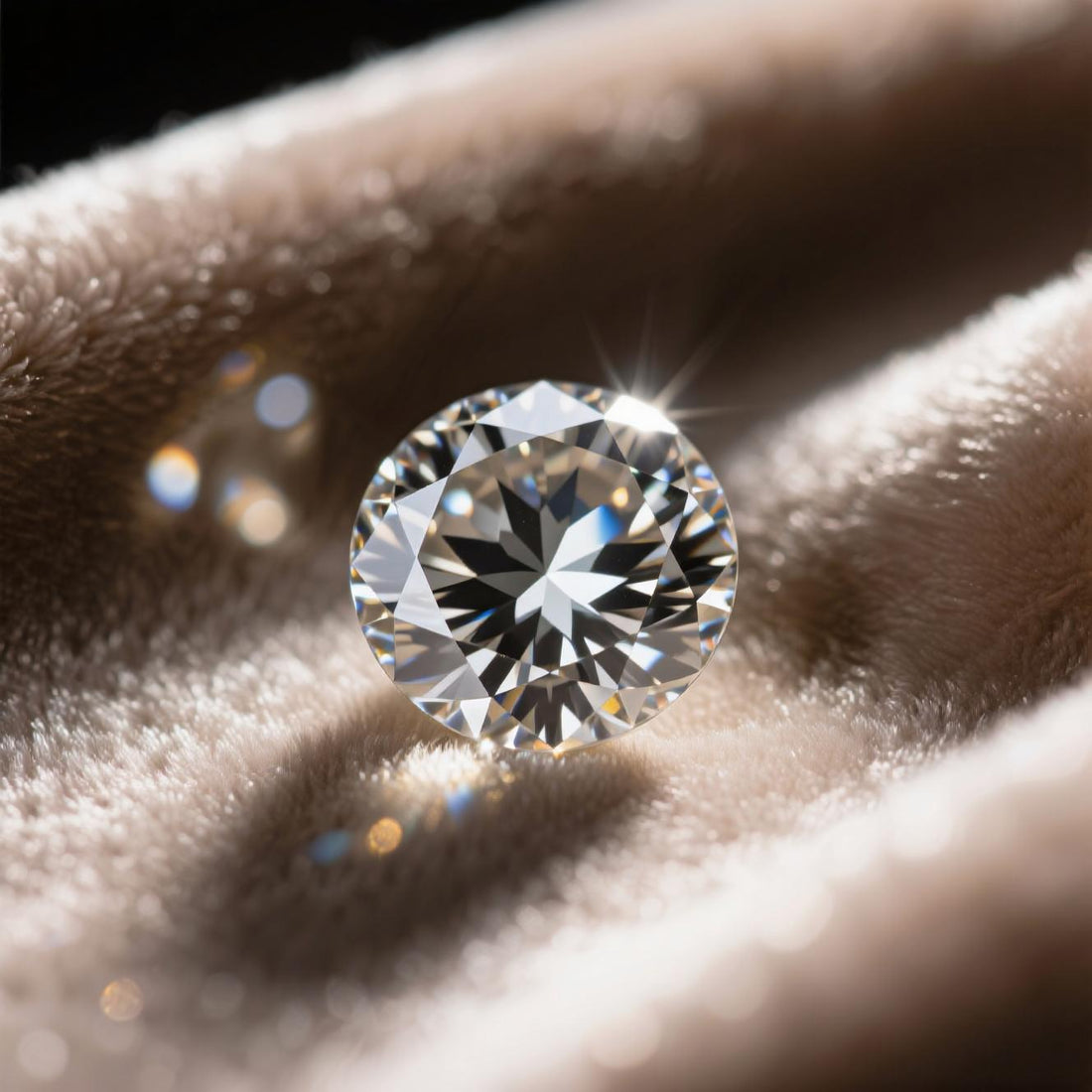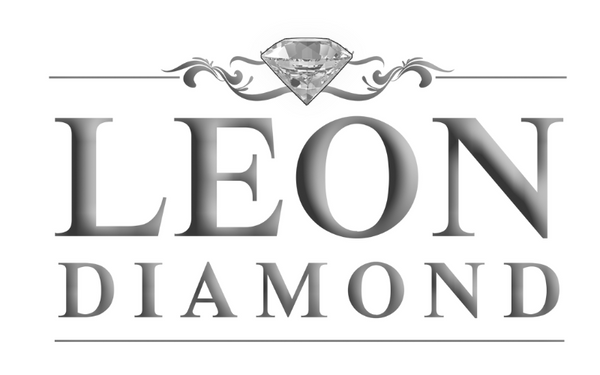
GIA vs IGI Certification for Tennis Jewelry: What Matters More?
Share
A tennis bracelet is a precision-crafted line of diamonds or gemstones, designed so that each stone matches the next in cut, clarity, color, and brilliance. The overall beauty depends on the uniformity of these stones, and even a single poorly graded diamond can disrupt the harmony of the entire piece.
Diamond certification provides an independent, standardized assessment of quality. According to Forbes, accurate grading is the most reliable way to verify a diamond's attributes and protect its market value. In tennis jewelry, where dozens of small stones must appear identical, certification ensures both aesthetic consistency and fair pricing.
This guide examines the two most recognized grading laboratories, the Gemological Institute of America (GIA) and the International Gemological Institute (IGI). It compares their grading standards, market reputation, and practical considerations so you can select a certification that best supports the beauty, value, and longevity of your tennis bracelet.
What Is Diamond Certification?
Before you begin checking diamonds yourself, take a moment to understand what certification means. A diamond certificate is an independent report that confirms the quality of a stone. In a tennis bracelet, where many diamonds sit side by side, certification helps ensure that all the stones look consistent and shine with equal brilliance.
A diamond certificate, or grading report, typically includes:
- The 4Cs: Cut, Color, Clarity, Carat Weight
- Polish, symmetry, and fluorescence
- Notes on inclusions or blemishes
- A unique report number for verification
Certification gives you transparency, helping you avoid overpaying and ensuring your diamonds are accurately represented.
Why Certification Matters for Tennis Bracelets
With certification in hand, you get clear benefits that affect your enjoyment and the piece's future value:
- Quality Assurance: Uniform grading across all stones
-
Pricing Transparency: Know precisely what you're paying for
- Resale & Insurance Value: Certified pieces retain more value
- Buyer Confidence: Trusted grading means peace of mind
Before you compare labs, let's look at the two leaders in diamond grading.
The Top Diamond Grading Labs

When you evaluate certification options, the differences in each lab's reputation, process, and costs will guide your decision.
GIA: The Gold Standard in Diamond Grading
Founded in 1931, the Gemological Institute of America (GIA) created the modern 4Cs and is considered the world's most trusted grading lab.
What GIA Evaluates:
- Cut: Proportions, symmetry, polish
- Clarity: Inclusions and blemishes (10× magnification)
- Color: Graded D to Z under strict lighting
- Carat Weight: Precisely measured
- Extras: Laser inscription, inclusion plots
GIA Pros:
- Strict, consistent grading.
- Global reputation.
- Higher resale value.
- Nonprofit and unbiased.
GIA Cons:
- Higher certification fees.
- Longer grading times.
- Less common for lab-grown diamonds.
IGI: A Practical, Accessible Alternative
Founded in 1975, the International Gemological Institute (IGI) is widely known for its expertise in lab-grown diamonds and quick, affordable grading.
What IGI Evaluates:
- Cut: More lenient than GIA.
- Clarity: Sometimes graded higher than GIA.
- Color: Graded with slightly less strict lighting.
- Carat Weight: Accurate but may round up.
- Extras: Growth method, polish, symmetry, fluorescence.
IGI Pros:
- Lower certification costs.
- Faster processing.
- Strong in lab-grown diamond grading.
- Widely used in global markets.
IGI Cons:
- Less consistent across regions.
- Lower resale value.
- Less strict grading than GIA.
-
Less trusted in luxury markets.
A Side-by-Side Comparison Between GIA and IGI
Now that you know each lab's strengths and weaknesses, compare them directly:
|
Factor |
GIA |
IGI |
|
Grading Strictness |
Very strict, precise |
More lenient, may grade higher |
|
Certification Cost |
Higher |
More affordable |
|
Resale Value |
Higher, globally recognized |
Lower, less premium resale demand |
|
Lab-Grown Expertise |
Less common, stricter |
Market leader, well-accepted |
|
Turnaround Time |
Slower, thorough |
Faster, great for custom orders |
|
Market Trust |
Top choice in luxury markets |
Strong global presence |
When to Choose GIA Certification
Choose GIA when you need:
- High-end, natural diamond bracelets.
- Maximum resale and insurance value.
- Unmatched confidence in grading.
When to Choose IGI Certification
Select IGI when you value:
- Affordable grading costs.
- Faster turnaround for custom orders.
- Reliable certification of lab-grown diamonds.
- A balance of quality and budget.
With these labs in mind, let's look at practical tips to guide your purchase.
What Are The Practical Tips for Tennis Bracelet Buyers
Follow these steps to make a confident choice:
-
Verify the report
Use online tools to confirm the certificate matches the diamond's inscription or serial number. -
Compare side by side
Look at GIA and IGI stones with similar specs to see fundamental differences in sparkle and clarity. -
Balance size and quality
Prioritize the best cut and clarity you can afford over simply getting a larger carat weight. -
Ask about the etal and setting.
Ensure the bracelet uses durable metal like 14K or 18K gold or platinum, and secure settings. -
Consult a trusted jeweler
Work with a retailer who offers both GIA and IGI options and who will explain each report in plain terms.
Making the Right Choice for Your Bracelet

Choosing between GIA and IGI certification comes down to your goals. GIA offers unmatched grading precision, substantial resale value, and is ideal for natural diamonds in high-end tennis bracelets. IGI provides a more accessible option with faster certification and solid coverage for lab-grown diamonds. Both offer unique benefits, but understanding their differences helps you protect your investment and make an informed choice.
If you're shopping for a certified tennis bracelet, Leon Diamonds is here to help. Our team will guide you through GIA and IGI options, explain reports clearly, and help you find a piece that meets your standards and suits your budget. Visit us today for expert advice and a handpicked collection of beautiful, certified tennis jewelry.
Frequently Asked Questions
What is the difference between GIA and IGI diamond certifications?
GIA certification is known for strict, consistent grading and is trusted for natural diamonds. IGI offers faster, more affordable grading and leads the market in lab-grown diamonds, but its standards are viewed as less rigorous.
Why is diamond certification necessary when buying a tennis bracelet?
Certification confirms diamond quality and consistency, ensuring fair pricing, supporting resale value, and protecting against misrepresentation.
Which certification is better for natural diamond tennis bracelets?
GIA is preferred for natural diamonds due to its accuracy, global trust, and higher recognition in the resale market.
Is IGI certification reliable for lab-grown diamonds in tennis bracelets?
Yes. IGI is a leading authority for lab-grown diamonds, offering dependable, cost-effective grading for budget-conscious buyers.
How do the grading strictness and resale value compare between GIA and IGI certificates?
GIA uses stricter standards, which support higher resale and insurance value. IGI grades more leniently, often resulting in lower resale recognition.
What practical steps should I take when choosing a tennis bracelet based on certification?
Check the certificate number online, compare GIA and IGI grades side by side, focus on cut and clarity, and ask about the metal, setting, and diamond reports when buying.
